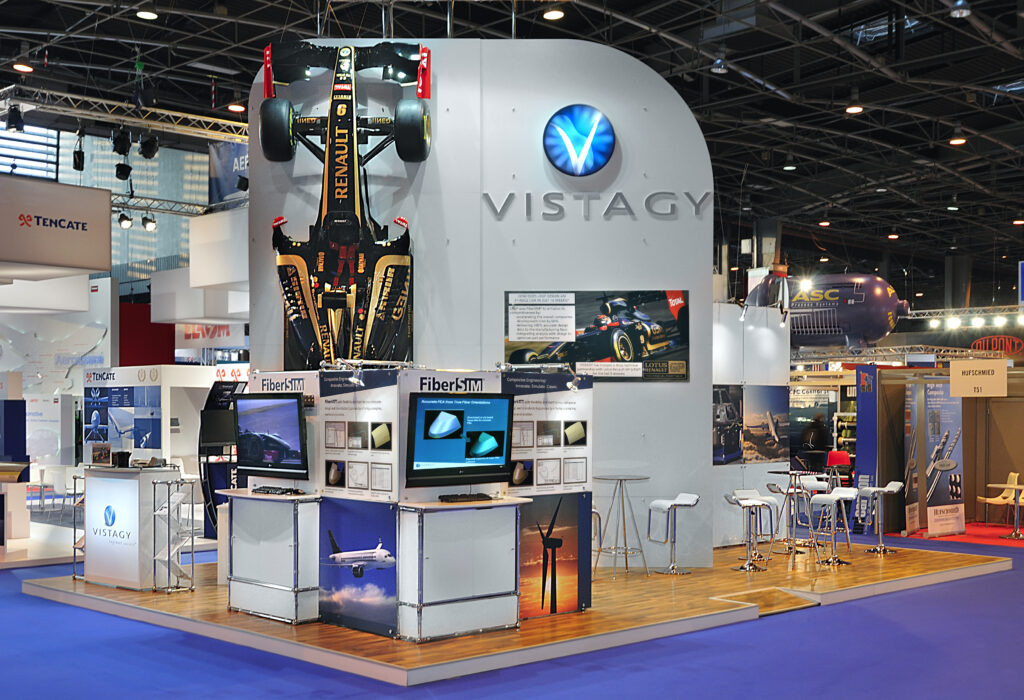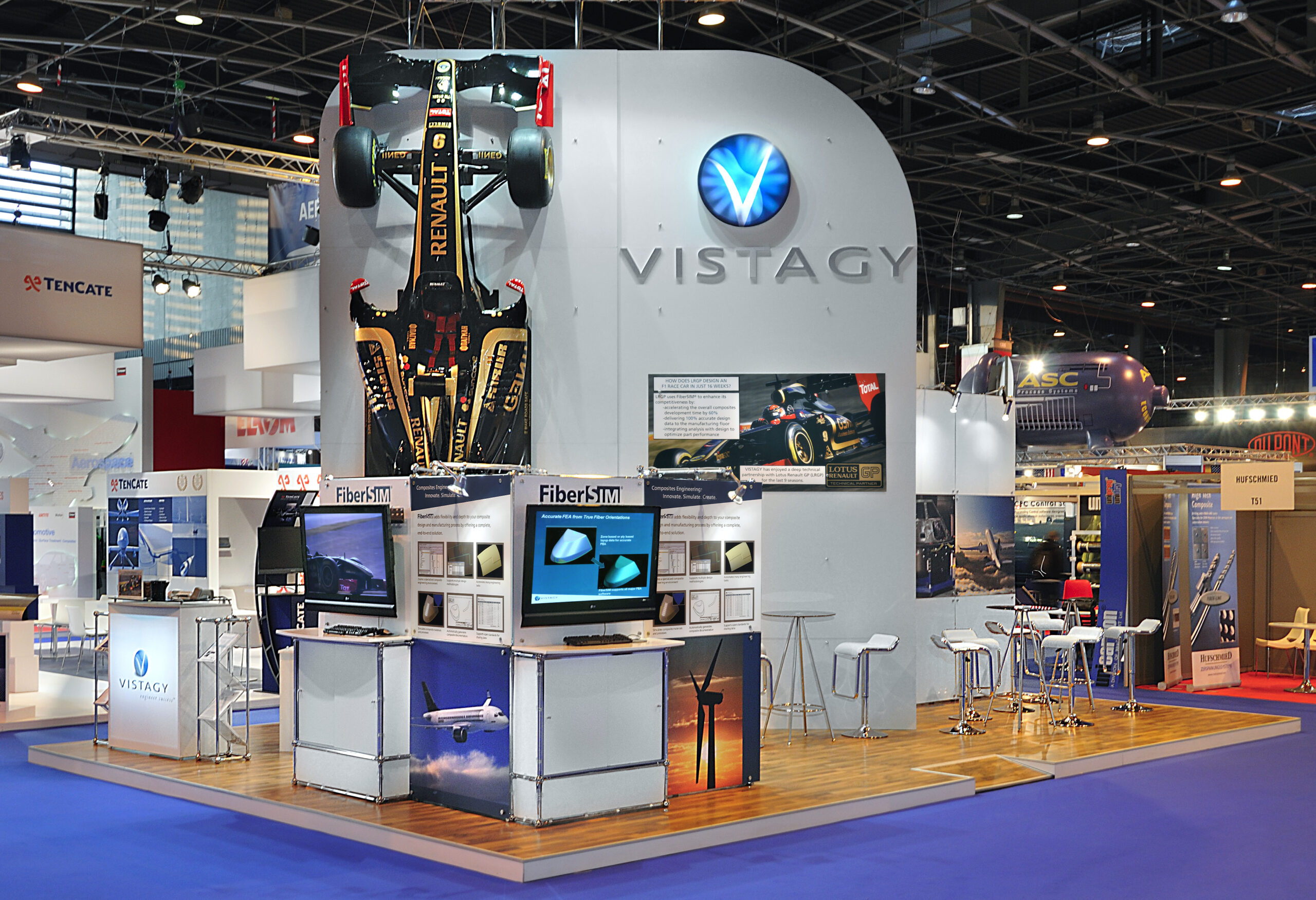International trade shows are powerful opportunities for U.S. companies to connect with global buyers, test demand in new markets, and build brand credibility. Yet preparation for these events is very different from domestic shows.
Travel restrictions, customs delays, and cultural missteps can derail even the best exhibit. By preparing for international trade shows well in advance, exhibitors avoid costly surprises and maximize ROI.
This guide covers the essentials: travel planning, freight and customs, show floor practices, cultural expectations, and budgeting tips.
Book Travel and Accommodations Early
Booking travel for international shows requires more foresight than domestic events.

- Hotels near venues sell out quickly: In cities like Frankfurt, Barcelona, or Shanghai, rooms are booked a year in advance. Waiting can mean longer commutes and higher rates.
- Flights fill fast: Major industry events attract global audiences. Book early to lock in better routes and fares.
- Tip: Reserve blocks through associations or travel partners when possible.
Early reservations not only save money but also keep your team close to the show floor, ensuring better coordination.
Manage Freight and Customs Documentation
Shipping exhibits abroad is one of the most complex parts of preparation.
- Use official freight forwarders: Always select those listed in the exhibitor manual to avoid customs issues.
- Prepare detailed documentation: Commercial invoices, bond guarantees, and ATA Carnet forms are essential.
- Plan timelines: Shipping can take 30+ days, and delays are common if paperwork is incomplete.
Missing even a single form can cause costly delays. Partnering with freight experts reduces risk and ensures your booth arrives on time.
Understand Local Show Floor Practices
Europe
- Installation and dismantle (I&D) is often bundled into turnkey packages, making pricing more transparent than in the U.S.
- Stands are typically more architecturally complex and built on risers with wiring underneath.
- VAT applies to most services, but refunds can be claimed with proper paperwork.
United States
- Union labor rules restrict what exhibitor staff can do. Separate crews handle installation and dismantle, billed hourly.
- Add-on costs like overtime and service surcharges are common.
Other Regions
- Latin America, Asia, and the Middle East often have fewer restrictions, but practices can be inconsistent.
- Electrical standards and service quality vary, so always confirm requirements before shipping equipment.
Understanding these differences avoids confusion and prevents last-minute expenses.
Prepare Booth Staff for Cultural Expectations
Your team’s behavior on the show floor matters as much as your booth design.
- Dress codes: Many countries expect formal business attire, unlike the casual dress common at U.S. shows.
- Introductions: In Asia, business cards are exchanged with two hands. In Europe, offering beverages is expected. In the Middle East, conversations often begin with personal greetings before business.
- Gestures: A thumbs-up may be positive in the U.S., but offensive in parts of Latin America and the Middle East.
Training staff to respect cultural etiquette avoids the “Ugly American” stereotype and builds credibility with global audiences.
Budget for Extra Costs
International exhibiting comes with expenses beyond booth design.
- VAT (Value-Added Tax): Applied to most services and rentals abroad. Refundable with receipts and proper filing.
- Freight and storage: Longer shipping times and additional handling fees should be factored in.
- Contingency budget: Add 10–15% to cover unexpected costs such as last-minute services or equipment rentals.
Planning for these expenses ensures financial surprises don’t erode ROI.
Quick Preparation Checklist
- Book hotels and flights 9–12 months in advance.
- Confirm freight forwarders and complete customs documentation.
- Learn local show floor practices and service rules.
- Pack adapters, power converters, and extra carpet padding.
- Train staff on etiquette, dress codes, and cultural expectations.
- Track all receipts for VAT refunds.
This checklist keeps preparation clear and actionable.
Conclusion
Preparing for international trade shows is the difference between smooth execution and stressful setbacks. With careful planning for travel, freight, culture, and budgeting, U.S. companies can succeed on the global stage.
Preparation builds confidence, avoids costly mistakes, and ensures your brand makes the right impression abroad.
For related resources, see:
The Complete Guide to Exhibiting Abroad (for U.S. Companies)
International Travel Tips for Trade Show Exhibitors
International Trade Show Terminology Every Exhibitor Should Know




